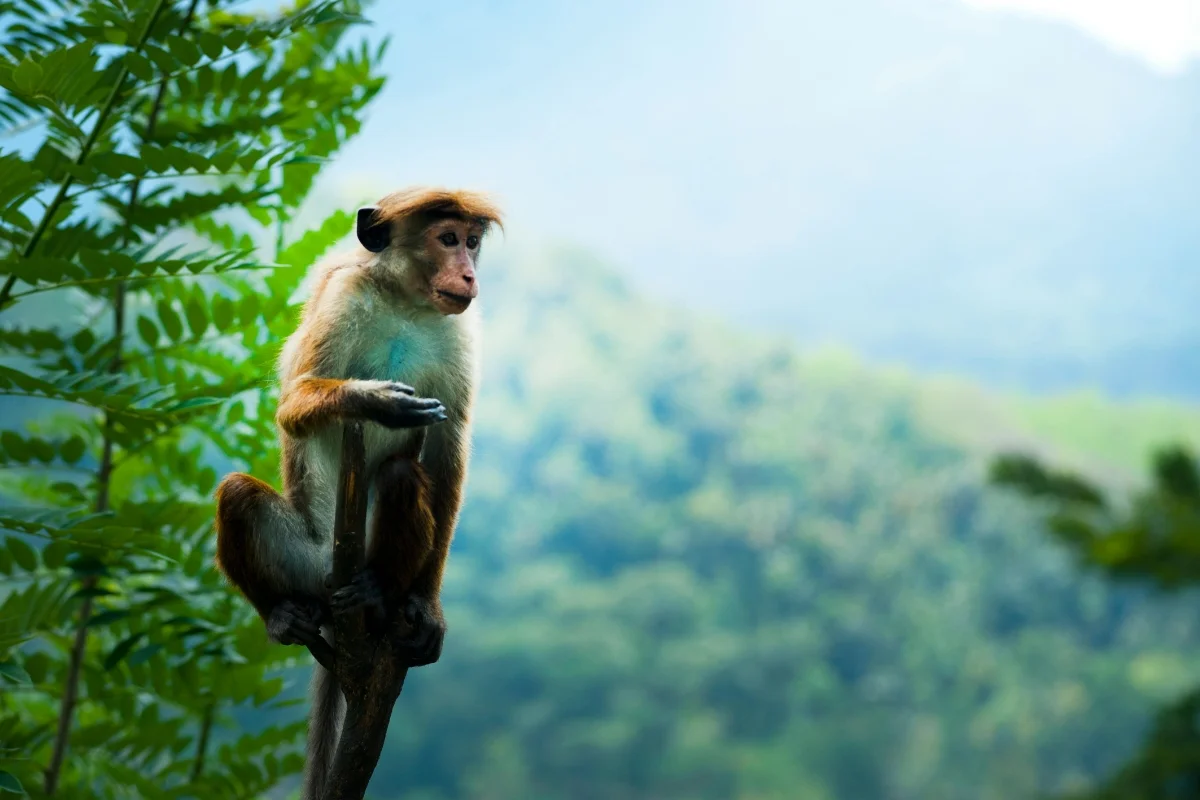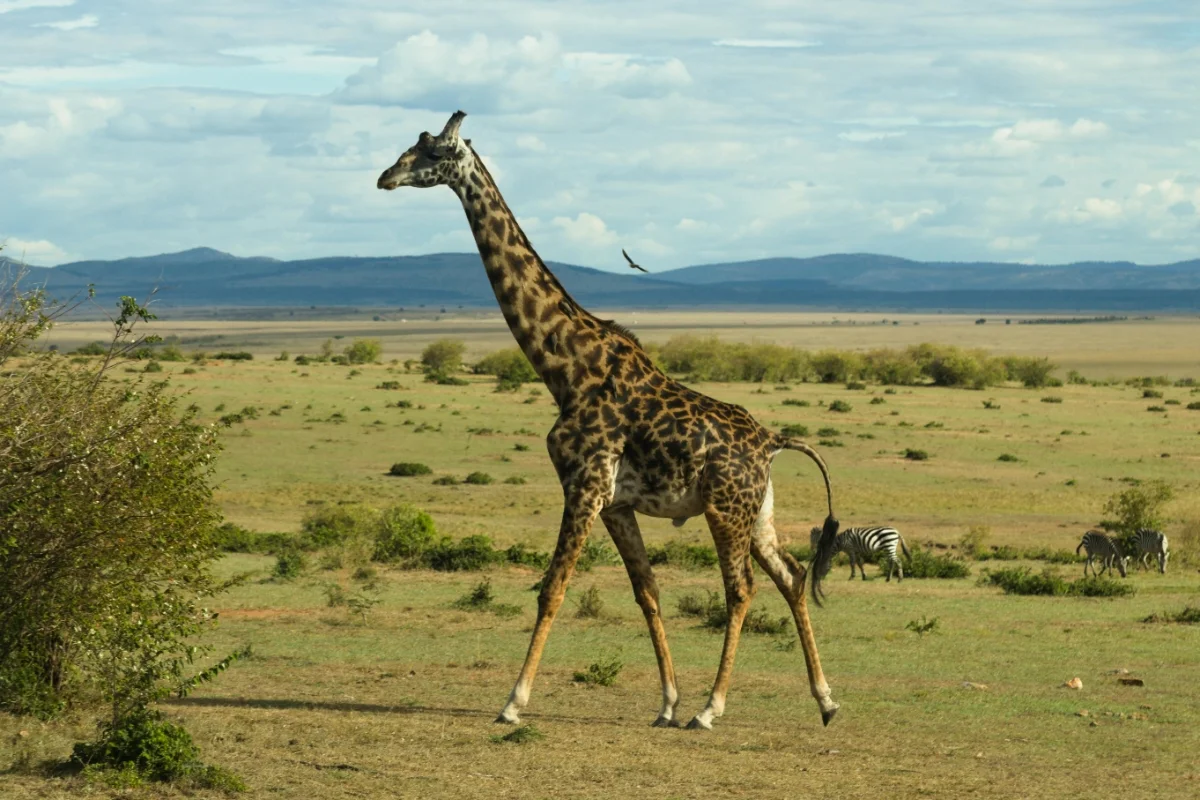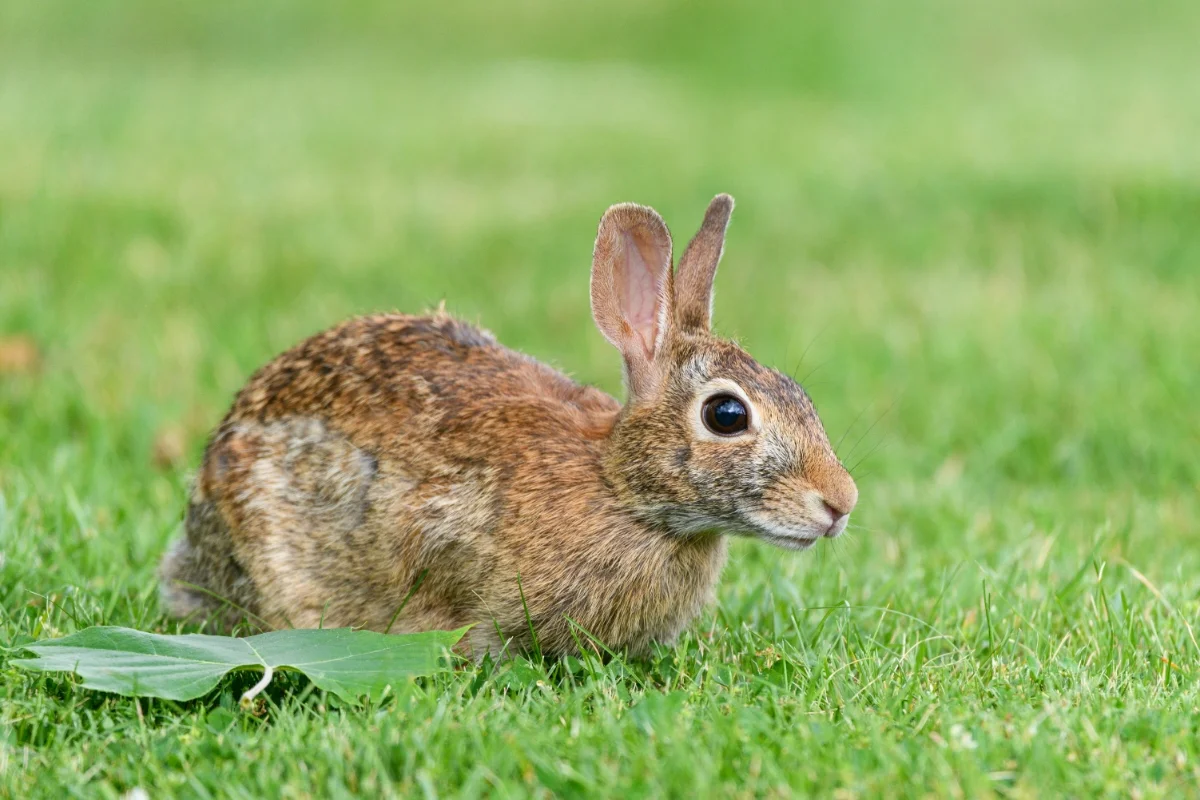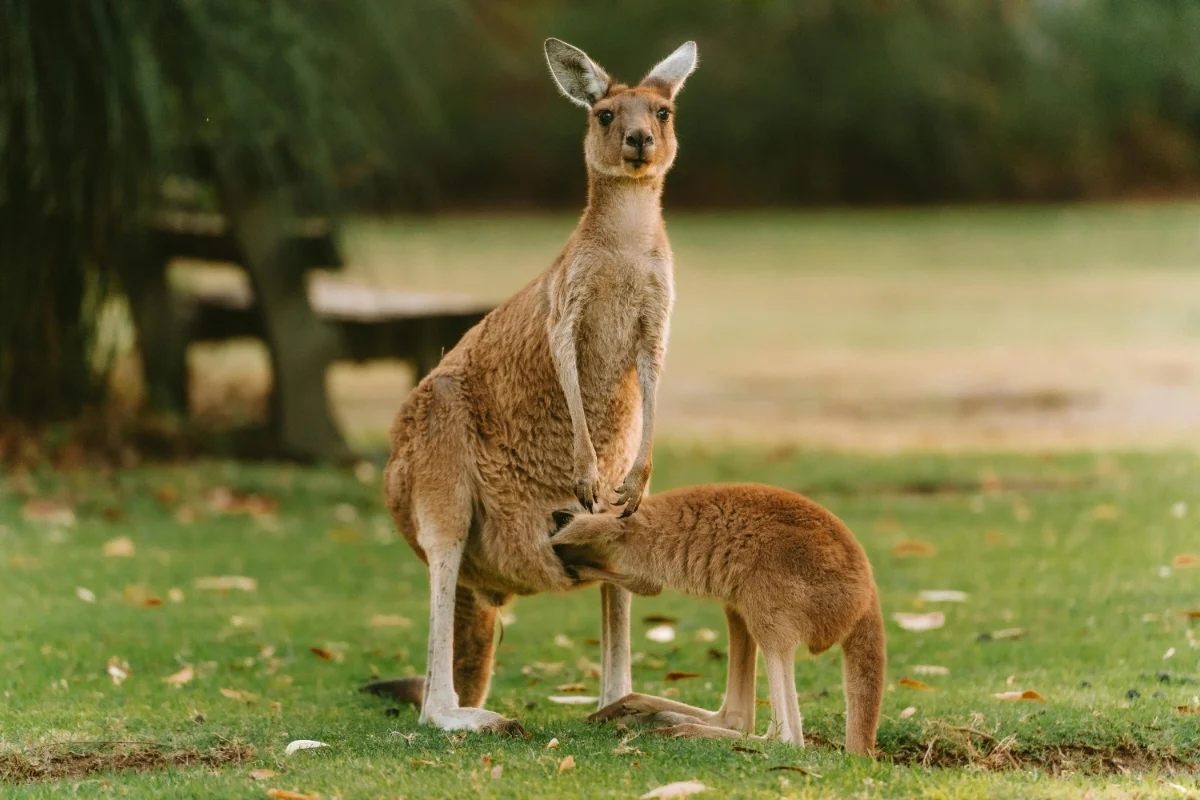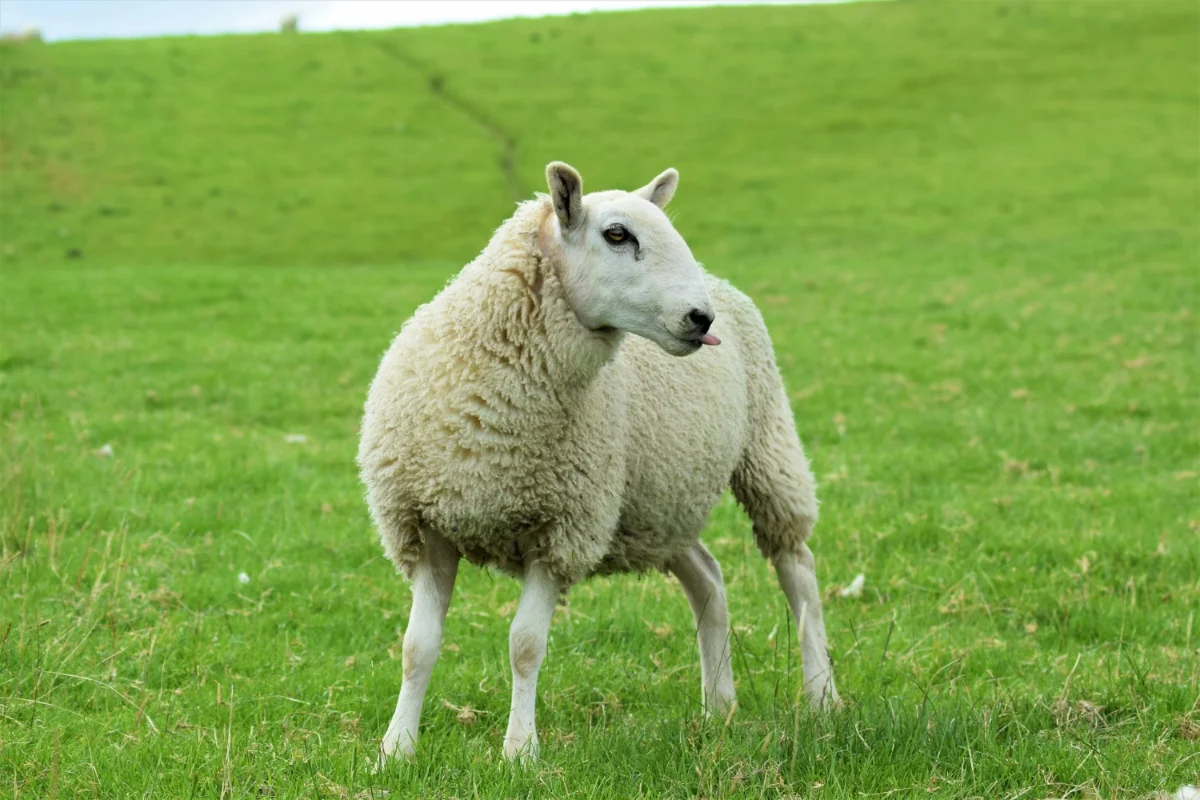Dog
Life Span
10–15 years
Top speed
45 km/h
Size
Large 80 cm
Weight
2–90 kg
Dogs are domesticated mammals and loyal companions, known for their intelligence and diverse breeds. Belonging to the Canidae family, they have lived with humans for thousands of years, serving as working animals, pets, and protectors. Dogs are adaptable and come in various sizes, colors, and temperaments.
Dog Facts Overview
| Size: | Small 20–30 cm to Large 80 cm |
| Weight: | 2–90 kg |
| Top Speed: | 45 km/h |
| Food: | Meat, grains |
| Color: | black, white, brown |
| Location: | Worldwide |
| Predators: | Wolves, big cats |
| Lifespan: | 10–15 years |
| Habitat: | Homes, outdoors |
| Gestation: | 58–68 days |
Dog Interesting Facts
Dogs can detect illnesses and emotions through smell. Greyhounds are the fastest dogs, reaching 45 km/h. The Basenji is a dog breed that doesn’t bark but makes unique sounds. Puppies are born blind and deaf, relying on their mother for survival during the first few weeks.
Dog Description
Dogs vary greatly in size, color, and coat type. They can be tiny, like Chihuahuas, or massive, like Great Danes. Their fur can be short or long, curly or straight. Dogs have expressive eyes, strong builds, and tails that wag when they are happy or excited.
Dog Characteristics
Dogs are social, playful, and highly trainable animals. They are loyal, protective, and form strong bonds with humans. Their keen senses make them excellent hunters, trackers, and guards. Dog breeds have unique traits—some are athletic and energetic, while others are calm and perfect for companionship.

Dog Care
Caring for dogs involves regular feeding, grooming, exercise, and veterinary checkups. They need balanced diets, vaccinations, and flea prevention. Exercise varies by breed but is essential for mental and physical health. Grooming keeps their coat healthy, and love and attention ensure emotional well-being.
Dog Lifespan
Dogs typically live between 10 to 15 years, depending on breed and health. Smaller breeds often live longer, reaching up to 20 years, while larger breeds may have shorter lifespans. Proper nutrition, regular vet visits, and exercise can help extend a dog’s life and keep them healthy.
Dog Predators
Wild predators like wolves, coyotes, and big cats can threaten dogs, especially in rural or wild areas. Smaller dogs may also be at risk from birds of prey. Domesticated dogs rely on humans for protection and are generally safe from predators in urban environments.
Dog Habitat
Dogs adapt to various habitats, from apartments in cities to large rural farms. They need a safe space with shelter, water, and food. While most dogs live indoors with humans, they enjoy outdoor activities like walks and playtime to stay healthy and mentally stimulated.
Dog Distribution
Dogs are found worldwide, living alongside humans in almost every environment. They are most common in homes, farms, and cities. Different breeds are suited to different climates—thick-coated breeds thrive in cold areas, while short-haired breeds prefer warmer regions.
Dog Diet
Dogs are omnivores, eating both meat and plant-based foods. A balanced diet includes protein, fats, carbohydrates, vitamins, and minerals. High-quality commercial dog food or specially prepared meals ensure they get the necessary nutrients.
Dog Behavior
Dogs are social animals that enjoy being part of a family. They express feelings through body language and sounds. Playful and curious, they love exploring and bonding with humans. Proper training, regular exercise, and mental stimulation help ensure they remain well-behaved and happy.
Dog Reproduction
Female dogs (bitches) typically give birth to 4–6 puppies after a 63-day gestation. Mating seasons vary by climate, but heat cycles occur twice a year. Puppies are born blind and rely on their mother for care. Early socialization ensures well-adjusted adult dogs.
Dog Scientific Classification
| Kingdom: | Animalia |
| Phylum: | Chordata |
| Class: | Mammalia |
| Order: | Carnivora |
| Family: | Canidae |
| Genus: | Canis |
| Species: | Canis lupus |
| Subspecies: | Canis lupus familiaris |
| Scientific Name: | Canis lupus familiaris |
Animals for You
References
1. Dog Wikipedia Article – https://en.wikipedia.org/wiki/Dog


